The Myth of Middle-Class Dreams in Cinema: Who Really Gets to Dream Big?
There’s something undeniably comforting about the “self-made” success story. It fuels the imagination, gives hope, and makes it seem like hard work can outrun fate. And for years, mainstream Indian cinema — especially Bollywood — has sold us exactly that: the idea that the middle-class dreamer can make it big against all odds.
But when we begin to peel back the layers of these so-called fairy tales, what we often find is not struggle alone, but struggle cushioned by safety nets. Privilege, even in the smallest forms, plays an undeniable role — and it’s time we talk about it.
Act One: The Romanticisation of Struggle
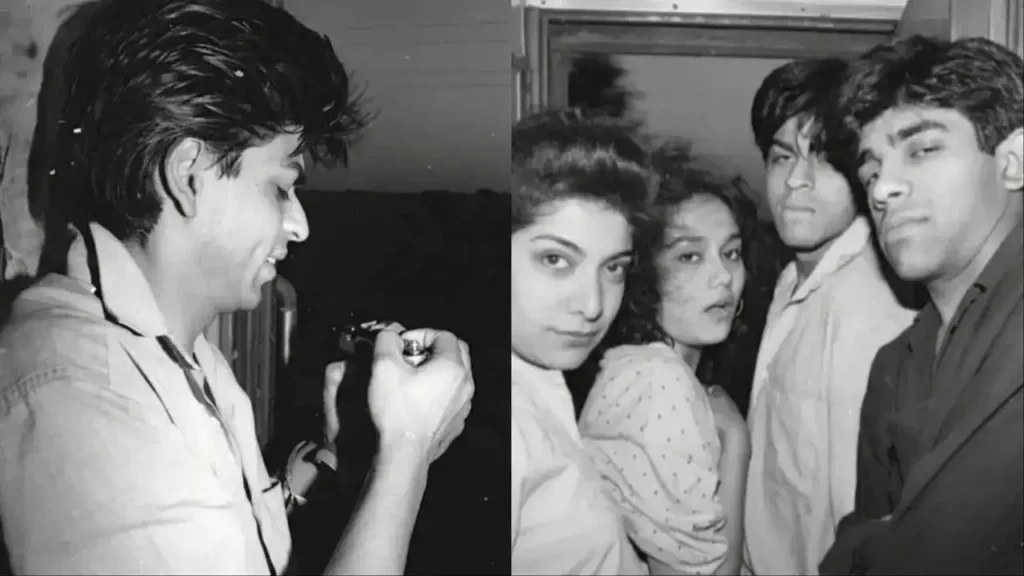
Let’s start with the poster boy of the middle-class dream — Shah Rukh Khan. Often described as the Delhi boy who came to Mumbai with a suitcase full of dreams and nothing else. No godfathers, no connections — just ambition, and 10,000 rupees his mother gave him.
But SRK went to St. Columba’s, one of Delhi’s most elite schools, followed by Hansraj College and Jamia Millia Islamia. He grew up in Lutyens’ Delhi, surrounded by the capital’s political and intellectual circles. His father wasn’t super wealthy, but the cultural capital was immense. Exposure, education, confidence — all the invisible tools that prepare one for the big leagues. And the 10,000 rupees his mother gave him, which is equivalent to 3 Lac back in the day.
Then there’s Kartik Aaryan. Much has been said about how he lived with 12 flatmates in Mumbai, cooked his own meals, and juggled auditions with engineering classes. Admirable, no doubt. But Kartik’s parents are both doctors — a stable, financially secure background. He had the luxury to pursue a dream without the looming fear of economic ruin.
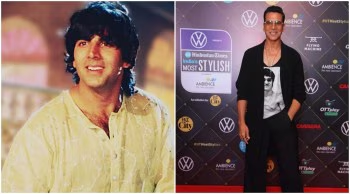
Even Akshay Kumar — the action star who once flipped parathas in Bangkok — is hailed as the ultimate “outsider makes it big” story. But let’s not ignore the nuance: he was able to travel abroad, pay for martial arts training, and had a safety net back home. A chef in Bangkok is still a person with choices — not a migrant worker stuck in bonded labour.
Act Two: What Does “Self-Made” Even Mean?
There’s a strange way in which the industry — and its fan culture — defines success. The term “self-made” has been diluted to the point where having no filmi parent automatically qualifies someone for it.
But what about:
- Financial security?
- Quality education?
- Freedom to fail?
Someone working three jobs to feed a family in a tier-3 town cannot afford a two-year unpaid hustle in Mumbai. For them, dreams have an expiry date. The idea of “just work hard and it’ll all come true” is not just naive — it’s dangerously incomplete.
This doesn’t mean SRK, Kartik, or Akshay didn’t work hard. They did — tremendously so. But hard work alone doesn’t level the playing field. It’s easier to leap when there’s a net below.
Act Three: The Stories That Don’t Get Told
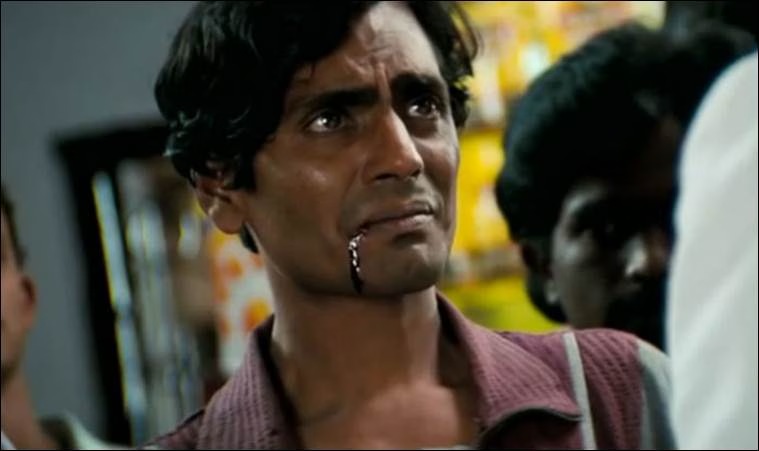
Here’s what’s missing from the mainstream lens — the stories of those who never made it because they couldn’t afford to try.
- The aspiring actor from a small village who couldn’t afford rent in Mumbai.
- The talented theatre performer who had to take a bank job because their family needed financial support.
- The countless artists who fade into anonymity, not because they lacked passion or skill, but because they lacked privilege.
And for those who do make it without those nets — people like Nawazuddin Siddiqui or Rajpal Yadav — the journey is far longer, rougher, and lonelier. Their struggles are real, ongoing, and rarely romantic.
Act Four: Women Have It Harder — Always
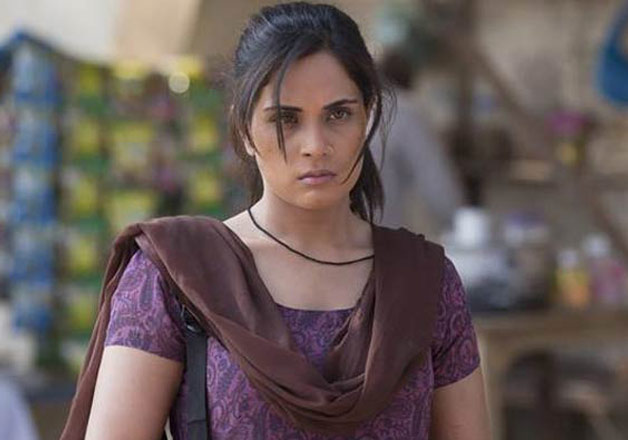
If privilege affects men, it strangles women.
Female actors from privileged backgrounds — think Alia Bhatt, Janhvi Kapoor, or even those without filmi roots but with elite upbringings — have a level of agency that others don’t. Compare that to someone like Richa Chadha, who has spoken about surviving on ₹10,000 a month in Mumbai, or Seema Pahwa, who spent decades in theatre before being noticed on screen.
For women, safety nets don’t just offer a cushion — they provide protection. Against predators, against burnout, against being forgotten.
Act Five: Why This Conversation Matters
This isn’t about “cancelling” anyone. SRK is still a cultural icon. Kartik is still charming. Akshay still delivers blockbuster hits (Ok fine, I might have gotten ahead of myself here!).
But we need to redefine inspiration.
Hard work is essential — but it’s not the only thing that gets you there. We need to stop measuring success only by where people end up and start paying attention to where they started from.
Until we begin talking about privilege, access, and support systems, we will keep telling half-truths. And worse, we’ll keep setting unrealistic expectations for young dreamers who are made to believe that hustle is all it takes.
Curtain Call: Let’s Dream — But Let’s Also Be Honest
Cinema has always been about dreams — onscreen and off. But real change, real empowerment, comes from acknowledging who gets to dream without fear, and who never had the chance.
The stories we glorify matter. The success narratives we repeat matter. Because somewhere, someone is shaping their sense of self-worth based on these myths.
Let’s keep dreaming — but let’s also start telling the full story.

I can’t stop talking about films, so I blog!
I started The FourthWall, my film blog, to share my thoughts on films and shows with fellow movie buffs, and over the years it has become my happy place. Come join in for some interesting conversations on cinema… and sometimes books and fashion!

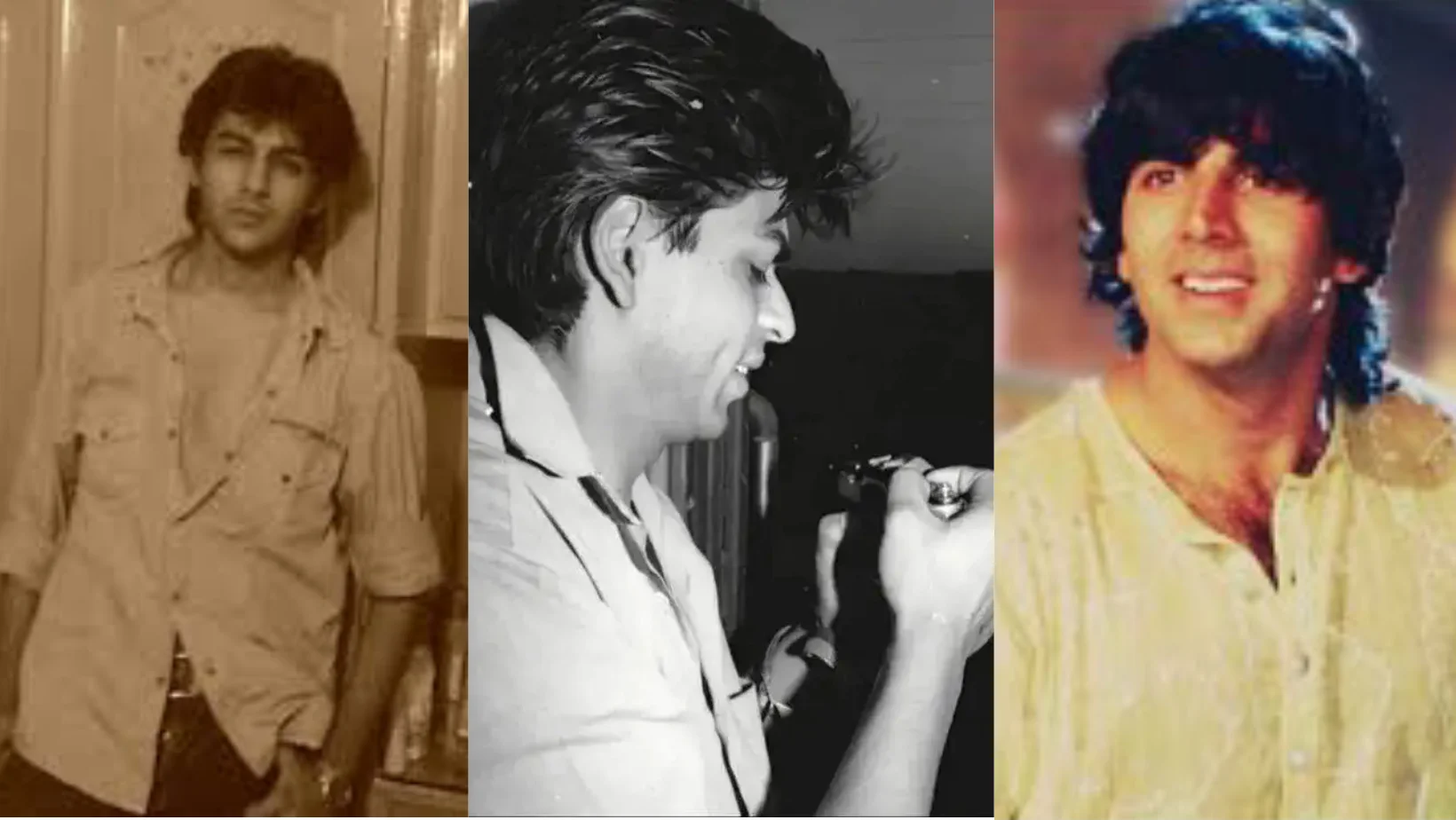


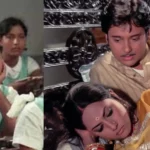

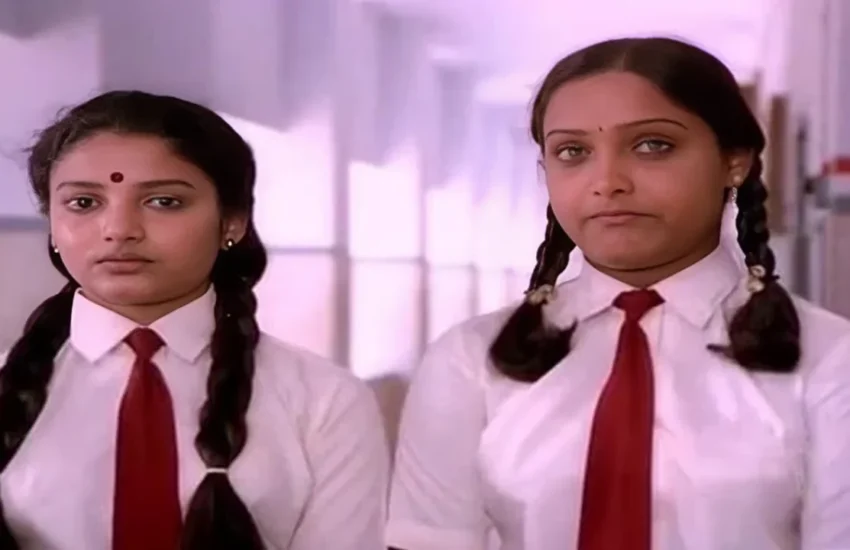


So well written and amazingly collected thoughts. Loved the read